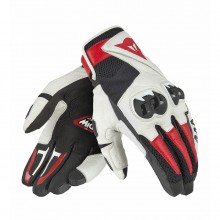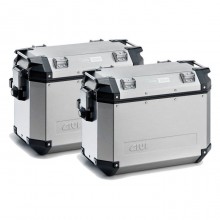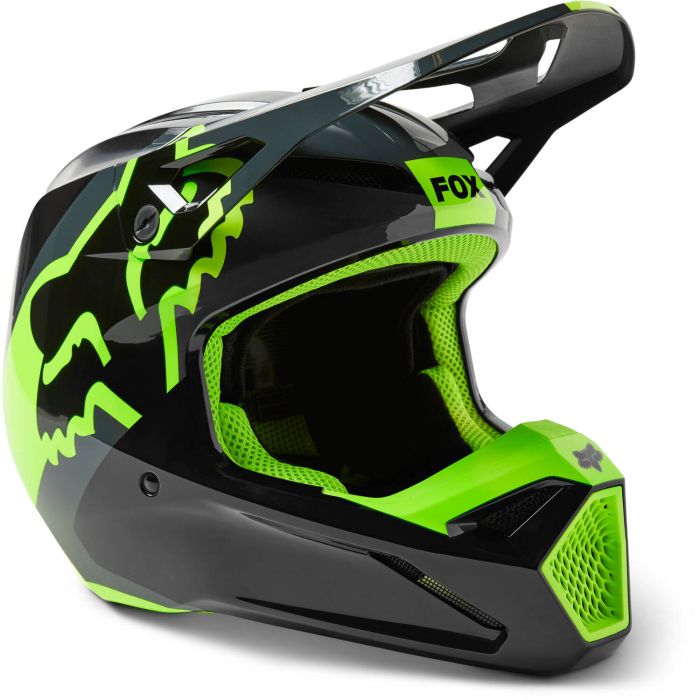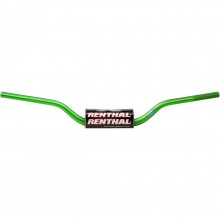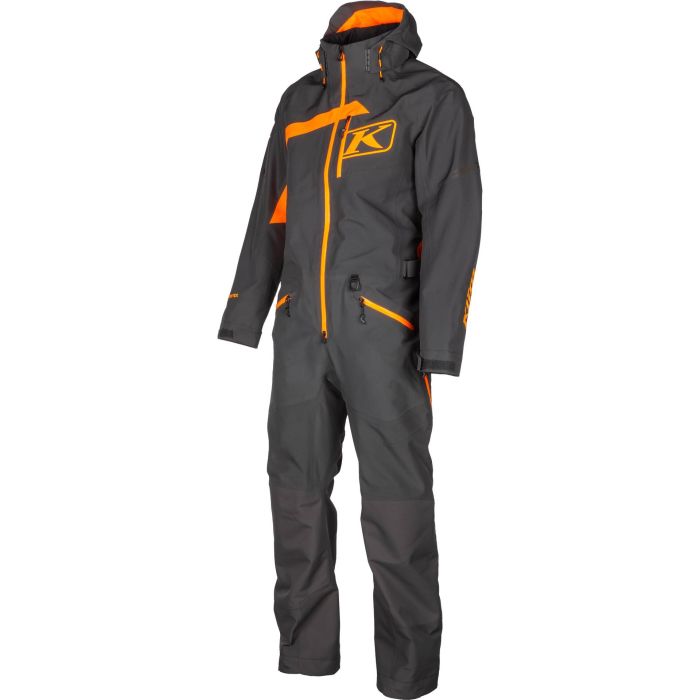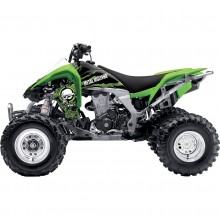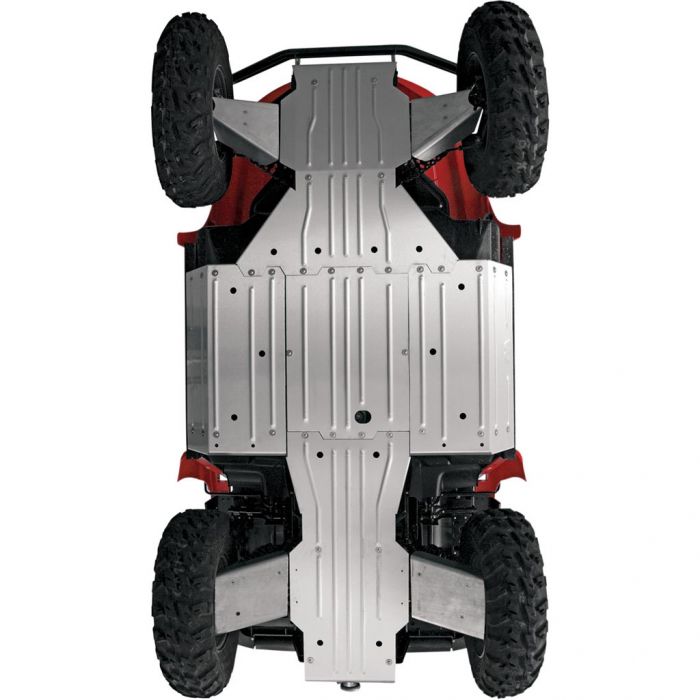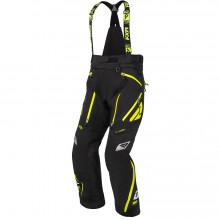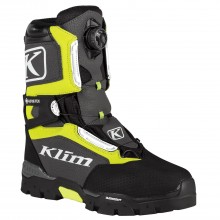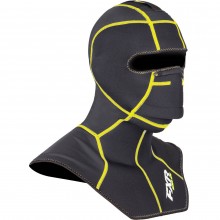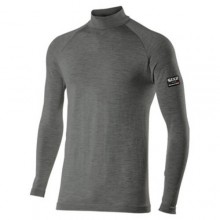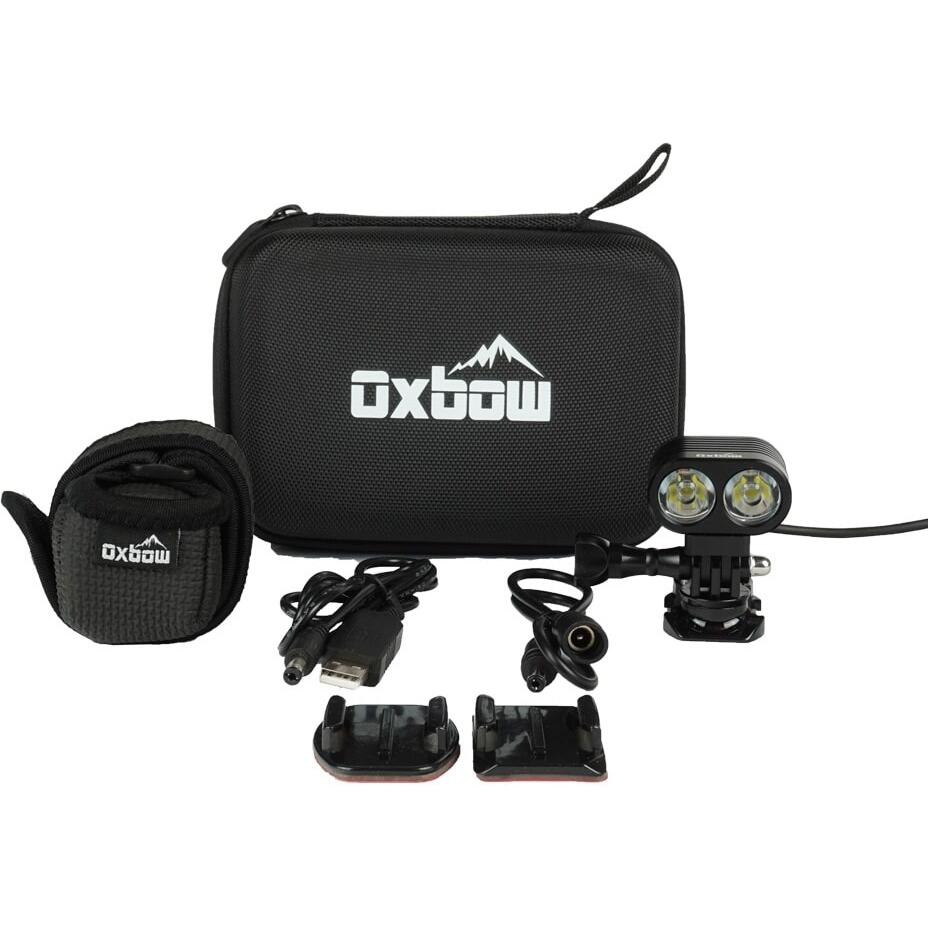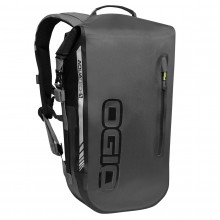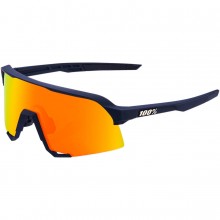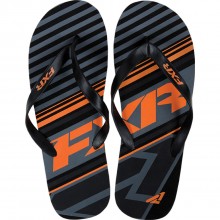[Video transcript]
Hello! I’m RyanF9 and this is how to prevent motorcycle theft.
Four levels of security for four levels of thievery. Vandalism, opportunistic theft, home robbery and Mission Impossible – as in they manage to steal your bike anyway, so you track Tom Cruise’s ass with a satellite.
So why , oh why , am I starting the security video with a motorcycle cover? Probably for the same reason Fort Knox has walls.
If the thieves can’t see your bike , they won’t know if it’s worth stealing. I could have a 1983 Honda Magna under here or a 2017 Harley-Davidson… who’s to know? Obviously the baddies can risk removing the cover to find out, but if there’s an uncovered beauty parked on the next street… they’ll just steal that instead.
As every Canadian knows, you don’t have to outrun the bear. Just your friends.
I can make my motorcycle even more annoying to steal with a cover lock. This is a Kryptonite R2 Retracting Lock – four-digits on the tumbler, three-feet on the cable… should be enough to loop the cover to your bike, and your helmet too if need be.
You could crack this safe with safety scissors, but that’s not really the point. 60-dollar cover, 15-dollar lock, both of which fit in my riding pack… these deterrents are meant to be conveniently inconvenient , not unconquerable.
The cover is a Nelson-Rigg Deluxe All Season by the way. It isn’t fully waterproof and it’ll flap itself to pieces on a trailer. But for garage parking and the occasional roadside sleepover it’s perfect: lightweight, compact and easy to install with the elastic hem, shock cords and heat resistant lower panel. The Nelson-Rigg comes in four colours and sizes, which is enough for any bike, and I own one if that means anything to you. If not, we have a whole other video on motorcycle covers linked below.
The last benefit of a cover is anti-vandalism. There are defective humans out there who will key a motorcycle just to hear the scratch.
There are also boring humans who will sit on a motorcycle just to know what it feels like, and that’s where this comes in.
It’s an Oxford Boss Disc Lock Alarm . There are alarmable bike covers as well, but it’s better to incorporate your noise-maker here since these are more difficult to diffuse.
Speaking of which, the Boss is the toughest disc lock that Oxford makes. It has a 14mm double-locking bolt, which is more steel than you’ll get on most competitors. Also it’s endured and survived a 5-minute attack test. For UK-based companies like Oxford, you can get a 5-minute theft test just by leaving something outside for six minutes.
The reason I’ve gone for a padlock style, rather than the more-common caliper design, is because it can serve double duty as a garage anchor lock. We’ll get into that later, but for now the principle is the same. Around the disc, key out, two beeps and it’s armed.
If anyone sits on my bike or yanks the handlebars, they’ll get a 10s, 100dB “screw you.” If anyone tries to break the lock, they’ll get a 100dB “piss off.” If I forget about the lock and try to ride away with XYZlbs of steel on my rotor, I’ll get a 100dB reminder. And yes, if someone tries to pick the bike up and throw it in a minivan, they’ll hear about that too.
I actually hate mentioning the van thing because it’s a fallacy. I mean sure, a few of our kidnapped bikes have disappeared into the side of panel vans, but that’s the exception rather than the rule. To most motorcycle thieves, throwing a nimble, super-powered escape machine into the back of a slow van is stupid .
Anyway, rant over, you get a nice little package with the Oxford Boss. Carrier bag, clutch reminder cable, three keys and batteries included. Although the batteries are those annoying little shits that literally no one keeps on hand. At least they’ll last a year though, unless somebody tries to steal your bike every night.
Now , the cover, cover lock and disc alarm make the perfect trinity for protecting your bike away from home. But I can do one better in my own parking space.
With this – it’s a Kryptonite Stronghold Anchor and for a hunk of immovable metal, it’s smarter than it looks.
Firstly, Kryptonite uses three 3-inch bolts to anchor into the concrete, which is great because it works on shallow floors. By comparison a lot of companies use a single 6-inch bolt for staying power, which is a total waste if the pavement you’re installing on isn’t that thick.
Secondly, Kryptonite includes the masonry bits – a 5/16 for drilling the pilot hole and a 5/8 for the main course. I love that because most companies will charge 150 bucks for the anchor, and leave me the fun surprise of having to buy another 20-dollars in bits. This Kryptonite unit is 115 all-in, by the way.
Thirdly , Kryptonite gives me ball bearing caps to hammer into each bolt head. That strips the hexes so no one can un-drill the anchor. In other words, our thief would need to jackhammer through concrete to remove this thing, and at that point he might as well just rob a bank.
Fourth clever feature – it lays flat inside this plastic cover . So if you’re weighing anchor inside the garage, you won’t have to worry about driving over it with the car. Or stubbing it with your toe, which is always more of a risk for me.
From here on, this thing ceases to be clever and is once again a hunk of immovable metal. But you can be clever about how you use it. Make sure to install in a place where you can lock through the frame of your bike. I’ve seen too many anchors mounted against the wall where people can only attach through one of their wheels. And wheels are removable.
Also be smart about the chain you use. No point going bigger than 16mm carbon alloy, since that’s the strength of the anchor bolt.
I’ve chosen a Xena XC14 Heavy Duty Chain because it uses a loop design. This way I get the maximum reach for my dollar: 150 bucks for 150cm of 14-mil hardened-steel. You’d pay twice that for a non-loop chain with a 5-foot reach, since it’d need to be twice as long. And you’d pay twice that again for a chain with a built-in lock.
But I don’t need a built-in lock! Because I already have my disc padlock from earlier. It works as well here as it does on my rotor when I’m out and about. Plus the alarm feature is nice, just in case someone’s stupid enough to take a crack at this garage fortress.
But let’s pretend they’re not stupid. Maybe Ocean’s 11 decides my bike is worth the effort and they actually get away with it. Now what?
Well good thing I’ve hidden a GPS tracker inside my motorcycle. It can send me updates via text or email every time my bike moves. Or I can track it on Google Maps and tell the police exactly where George Clooney and the gang have taken my ride.
George won’t be able to hide, either. This runs off a satellite plan, so anywhere in the world is fair game. The device can go 1m underwater for 30 minutes before crapping out, which is an odd thing to do to a motorcycle. And it works from -30 to +60 degrees celcius, or from 100 meters below sea level to 6500 meters above it.
The achilles heel of the SPOT Trace is found underground. If you leave your SPOT in a parking garage where it can’t reach a satellite, it’ll eventually power itself off and sleep through the entire theft.
At 120 for the device and another hundred for a yearly plan, the SPOT Trace is one of the cheapest trackers. But it isn’t the newest .
A lot of hard-wired trackers are coming to market and because they connect directly to the battery, they have the energy to do more stuff. Like keep track of your lean angles, G-forces, gear shifts… they can even notify paramedics when they detect a crash.
But for purely protective purposes, I still like the Trace. Hard-wired trackers are really easy to find and disconnect, whereas this could be anywhere. Plus the batteries will last a year as long as you aren’t constantly tracking a spotty connection. In which case it can chew through four AAAs in a week.
And that’s it for my security setup! Deterrents all the time, disc lock for when I’m out, anchor lock for when I’m not, and a GPS tracker for when it all goes to shit.
Thanks for watching.



